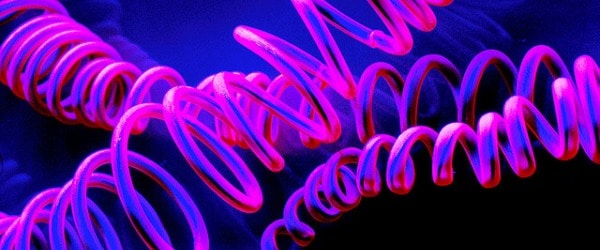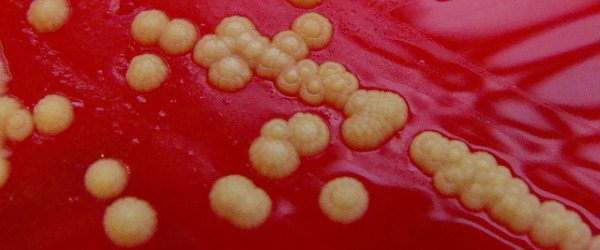DIY Phase Separating Gel: Clean and Cheap!
Removing proteins from acqueous solutions can be a pain if you have loads of samples to do. This article explains how to prepare the DIY phase separating gel to easily and effectively separate two-phase mixtures, saving you time and money.























